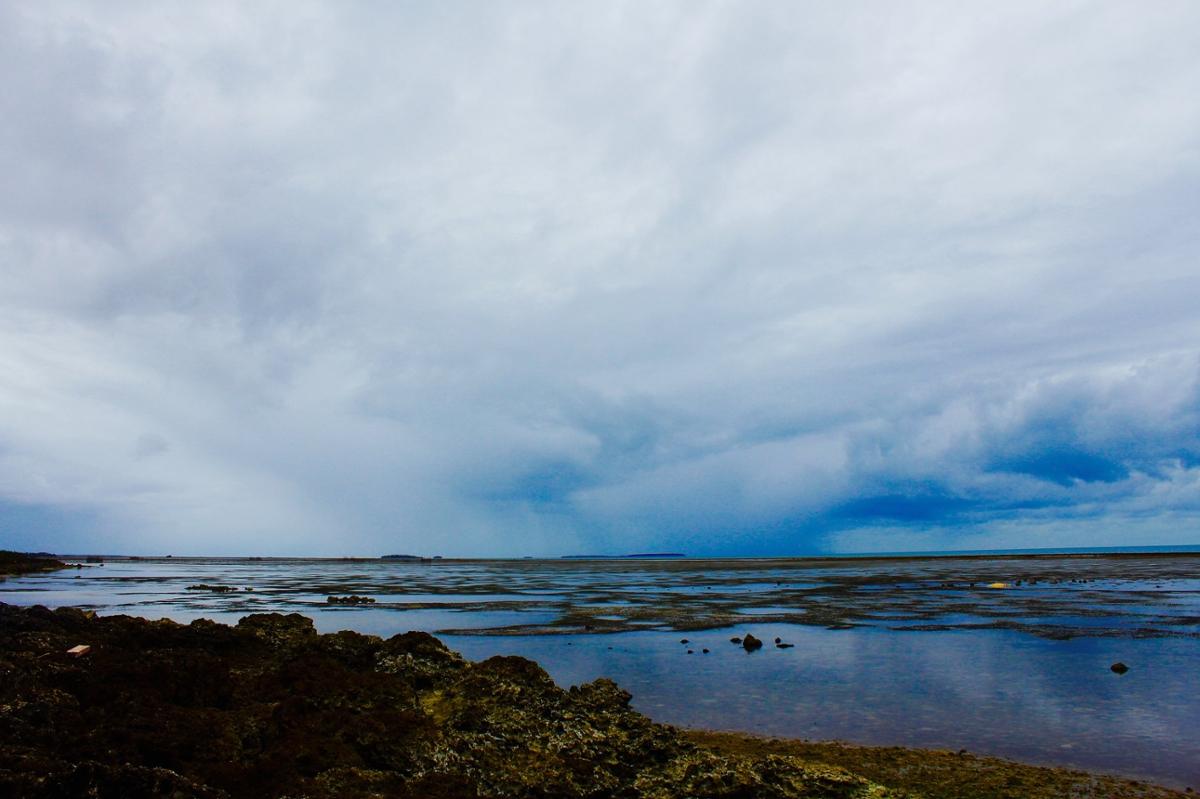On January 15, 2022, an underwater volcano in the Pacific island kingdom of Tonga – about 460 miles from Fiji – erupted with such incredible force that it sent a 3-mile-wide plume of ash and water vapor 35 miles up beyond the Earth’s stratosphere – a new record in the age of satellite monitoring.
The explosion was so powerful it unleashed a sonic boom heard as far away as Alaska and sent shock waves through the air that circled the globe at least three times, like ripples in a pond.
The eruption also injected the equivalent of 58,000 Olympic swimming pools worth of water vapor into the stratosphere, miles above the Earth – so much that it increased the total amount of H2O in the stratosphere by ten percent. Scientists say that’s enough to cause a temporary greenhouse effect, trapping extra heat from escaping the surface. It could be up to 10 years before it fully dissipates.
Big enough volcanic eruptions have affected the world’s climate in the past, but usually they have a cooling effect. Sulfur dioxide ejected by volcanoes reacts with water vapor to form aerosols. After big enough eruptions these tiny particles can linger in the stratosphere for several years, blocking sunlight from hitting the surface.
The eruption of Mount Pinatubo in the Philippines in 1991 – one of the strongest in the entire twentieth century – was so powerful that it released a 20 million ton cloud of sulfur dioxide 20 miles up into the stratosphere. It took 3 years to fully dissipate and scientists estimate it cooled the Earth by as much as 1.3 degrees Fahrenheit.










